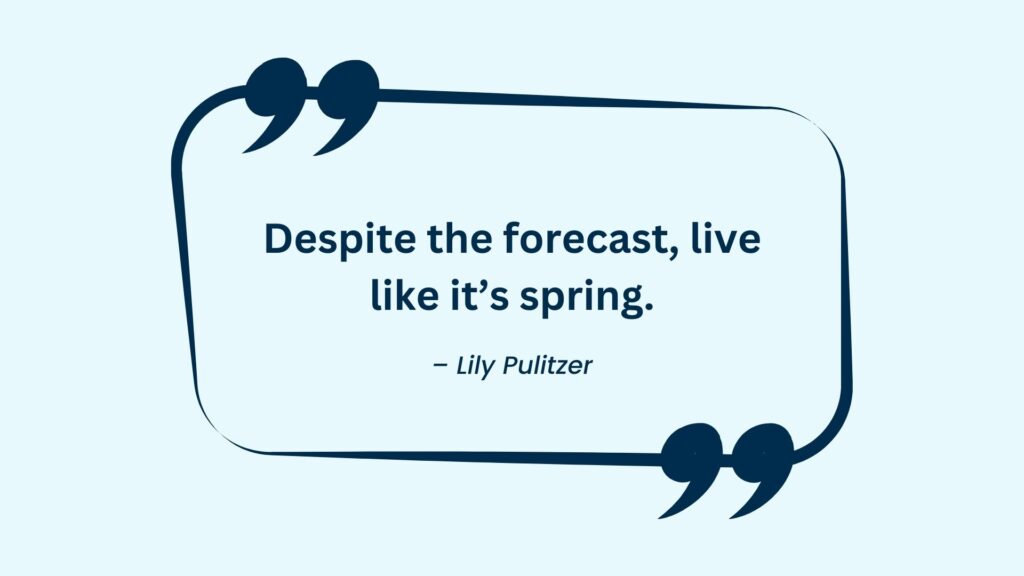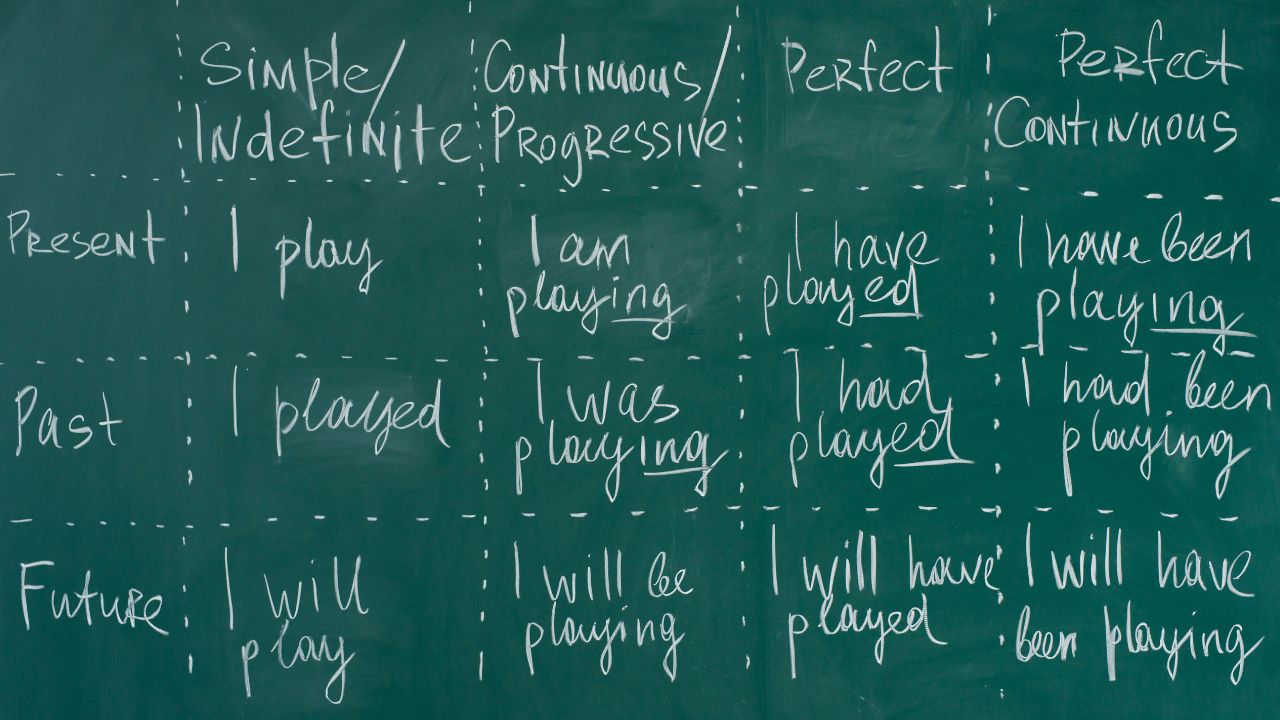Table of Contents
Are you tired of writing short, choppy sentences that lack impact and fail to convey your message effectively? Look no further than compound sentences! These powerful sentence structures can take your writing from mediocre to magnificent in just a few simple steps. In this blog post, we will explore what compound sentences are, how to write them like a pro, and provide plenty of examples for inspiration. With these tips and tricks up your sleeve, you’ll be mastering the art of writing compelling compound sentences in no time!
Types of Sentences
When it comes to writing, mastering different types of sentences is crucial to creating engaging and effective content. There are four main types of sentences: simple, compound, complex, and compound-complex.
Simple sentences consist of one independent clause and express a single thought or idea. They are great for conveying information in a clear and concise manner.
Compound sentences, on the other hand, combine two or more independent clauses using coordinating conjunctions like “and,” “but,” or “or.” These sentences allow you to connect related ideas together to create emphasis or contrast.
Complex sentences contain one independent clause and one or more dependent clauses connected by subordinating conjunctions such as “although,” “because,” or “while.” These types of sentences add depth and complexity to your writing by allowing you to introduce additional information that supports your main idea.
Compound-complex sentences combine two or more independent clauses with at least one dependent clause. This type of sentence structure allows writers to communicate complex ideas while maintaining flow and coherence within their writing.
Understanding each type of sentence will help you effectively convey your message while keeping readers engaged throughout your piece.
What is a compound sentences?
A compound sentence is a type of sentence that consists of two or more independent clauses joined together with a coordinating conjunction. An independent clause is a complete sentence on its own, meaning it can stand alone and still convey a complete thought. Coordinating conjunctions are words such as “and,” “but,” and “or” that connect clauses of equal importance.
Using compound sentences in your writing can add variety and complexity to your message, allowing you to express yourself in different ways. By combining ideas into one sentence, you can create flow and continuity within your paragraphs while avoiding repetitive phrasing.
It’s important to remember that not all long sentences are necessarily compound sentences. A long sentence may contain dependent clauses or phrases that don’t make sense on their own without the rest of the sentence.
Mastering the use of compound sentences is an essential skill for any writer who wants to elevate their writing style and communicate complex ideas effectively.
How to write a compound sentences
Writing a compound sentence may seem like a daunting task, but it’s actually quite easy once you understand the basic structure. A compound sentence is made up of two or more independent clauses that are joined together by coordinating conjunctions such as “and”, “but” and “or”. Here’s how to write a great one:
1. Identify your independent clauses: Start by identifying the main ideas in your writing. These will be your independent clauses.
2. Choose a coordinating conjunction: The coordinating conjunction connects the two independent clauses together and shows their relationship.
3. Use proper punctuation: When you join two independent clauses with a coordinating conjunction, you need to use appropriate punctuation – typically either a comma or semicolon.
4. Vary your sentence length: While compound sentences are great for combining related ideas, overusing them can make your writing sound monotonous.
By following these four steps, you’ll be able to create effective compound sentences that add variety and depth to your writing without sacrificing clarity or coherence. Remember, less is often more when it comes to good writing!
Tips for writing compound sentences
When writing compound sentences, it’s important to keep a few key tips in mind to ensure that your writing flows smoothly and effectively.
Firstly, make sure that you choose coordinating conjunctions carefully. Coordinating conjunctions such as “and”, “but” and “or” are essential for creating compound sentences, but they must be used correctly to maintain coherence.
Secondly, vary the length of your clauses when constructing compound sentences. A mix of short and longer clauses will create rhythm in your writing and prevent monotony.
Thirdly, use punctuation strategically. Commas can help clarify meaning within a sentence while semicolons can connect related ideas between separate clauses.
Fourthly, avoid using too many compound sentences in succession. Varying the structure of your sentences will keep readers engaged.
Always proofread your work after constructing compound sentences to ensure that they have been used appropriately and enhance the overall readability of your content.
Read Also: Common distractions and how to deal with them

20 Examples of compound sentences
Examples of compound sentences are abundant in literature, speeches, and everyday conversations. They are used to connect ideas that relate to each other, creating a more cohesive and dynamic piece of writing. Let’s look at some examples!
1. I like to read, but I also enjoy watching movies.
2. The sky was cloudy, yet the sun still managed to peek through.
3. She ate her dinner quickly, for she had to catch the bus.
4. He tried to talk his way out of it, yet he was unsuccessful.
5. My sister likes to draw, and I prefer to write stories.
6. She laughed out loud, then blushed in embarrassment.
7. It began to rain heavily, so we had to leave early.
8. We studied late into the night, and our results paid off in the end.
9. The cat meowed loudly, but no one was home to hear it.
10. I made my bed quickly, then went downstairs for breakfast.
11. She gave him a hug and said goodbye before leaving for college.
12 He ran as fast as he could, though it wasn’t enough to win the race .
13 The flowers were bright and colorful, adding beauty to the garden .
14 She practiced every day until she perfected her routine .
15 They talked over coffee for hours about their plans for the future .
16 He was tired, yet he still managed to finish his work on time.
17 She went shopping, then stopped at the park to enjoy the view.
18 I read the book all night, and by morning I had finished it.
19 The sun shone brightly, but it was still chilly outside.
20 He listened to her carefully, then gave her wise advice.
In conclusion (just kidding!), compound sentences are versatile and useful tools for writers everywhere. By using them effectively in your writing you can create more complex and interesting pieces that will engage readers from start to finish!
Conclusion
Mastering the art of writing compound sentences can greatly improve your writing skills and make your content more engaging. Remember to always use coordinating conjunctions to connect two independent clauses and avoid repetitive punctuation. Utilize the tips mentioned in this article to write effective and impactful compound sentences.
By using examples, varying sentence structure, and being mindful of the rhythm of your writing, you can create engaging content that flows smoothly for readers. Whether you’re a student working on an essay or a professional writer crafting marketing copy, understanding how to write compound sentences is an essential skill that will take your writing to the next level.
So start practicing today by incorporating these techniques into your daily writing routine and watch as your words come alive with greater depth and meaning!








